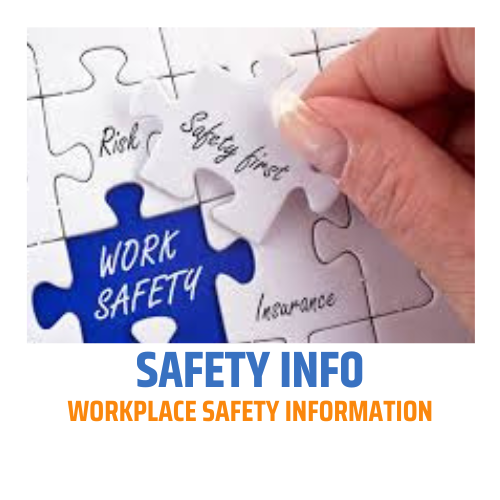Lathe machine | Lathe machine safety | Lathe machine safety instruction
Lathe Machine safety
Lathe machines are widely used in manufacturing environments
to shape and form various materials. While they are essential tools for
production, it is equally important to remember that they can be dangerous if
not used properly. Proper safety measures can prevent potentially
life-threatening situations and minimize the risks of accidents.
In this article, we will discuss the essential safety
precautions that should be observed while using a lathe machine.
1. Wear Protective Equipment
One of the most important safety precautions in lathe
machine operations is to always wear proper protective equipment. Protective
clothing protects the operator from metal chips and flying debris, which can
cause serious injuries. This includes safety goggles or a face shield, gloves,
and work boots with steel toes. It is also recommended to wear an apron and
sleeves made from flame-resistant material.
2. Check the Machine before Use
Before starting the lathe machine, it is necessary to
inspect it thoroughly. Check for visible damages in the machine and make sure
that all bolts and nuts are tightly secured. Also, make sure that the cutting
tool is securely in place and adjusted to the correct height and angle. Make
sure to check the oil level and cleanliness of the machine and the work area.
3. Keep the Work Area
Clean
Keeping the work area clean is essential to prevent
accidents. Always clean up metal debris from the machine regularly, such as
metal chips or strings. Never put any unnecessary objects near the machine as
they can be tripping hazards and disrupt the operator’s movement and
visibility.
4. Turn off the
Machine before Making Adjustments
All adjustments and changes made to the lathe machine,
including changing parts or tool adjustments, should be performed only when the
machine is turned off. After making adjustments, ensure that the machine is
reset to its original settings. Always make sure that the machine has stopped
completely before cleaning or greasing.
5. Keep Hands and
Clothing Away from Moving Parts
The lathe machine’s moving parts, like the chuck, tailstock,
and spindle, are incredibly dangerous and have the potential to cause severe
injuries. Always avoid putting hands, or clothing, near them. Use a vise or
lathe chuck to firmly hold the workpiece instead of holding it by hand. Be sure
to wear tight-fitting clothing that won't snag on the machine.
6. Use the Right
Cutting Tools
The cutting tool is an essential component of the lathe
machine and should always be of high-quality and the correct type. Make sure
the cutting tool is sharp and adjusted to the correct height and angle to avoid
uneven cutting, vibration, and other issues.
7. Avoid Overloading
the Machine
Overloading the lathe machine can cause damage to it at best
and cause an accident at worst. Always limit the amount of material that is cut
at one time and do not exceed the machine’s capacity.
8. Use Proper Feed
Rates
Using the right feed rate is crucial in lathe machine
operations. Too slow a feed rate can cause breakage, and too high a feed rate
can cause vibration and an unsteady cutting tool. Always follow the posted feed
rate guidelines.
9. Take Breaks
Prolonged lathe machine operations can be hazardous to an
operator’s health and can result in fatigue. It is advisable to take regular
breaks to help reduce the likelihood of accidents or mistakes due to fatigue.
10. Train the
Operators
Finally, it is crucial to train the operators on how to use
the lathe machine safely. Make sure they understand all of the safety
precautions, and encourage asking questions if they are unsure about anything.
Operators should also receive ongoing training to refresh their knowledge and
keep up with new safety guidelines.
Working with lathe machines is crucial to many manufacturing
processes. However, it is equally important to remember that there are
significant risks and hazards associated with using these machines. By
following these safety guidelines, however, operators can reduce the risks of
accidents and ensure a safe.








0 Comments